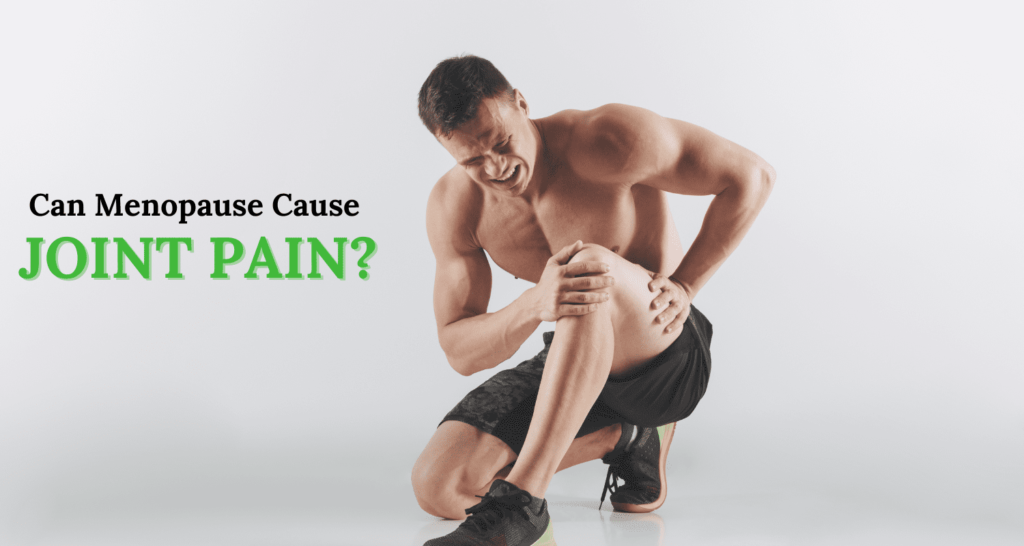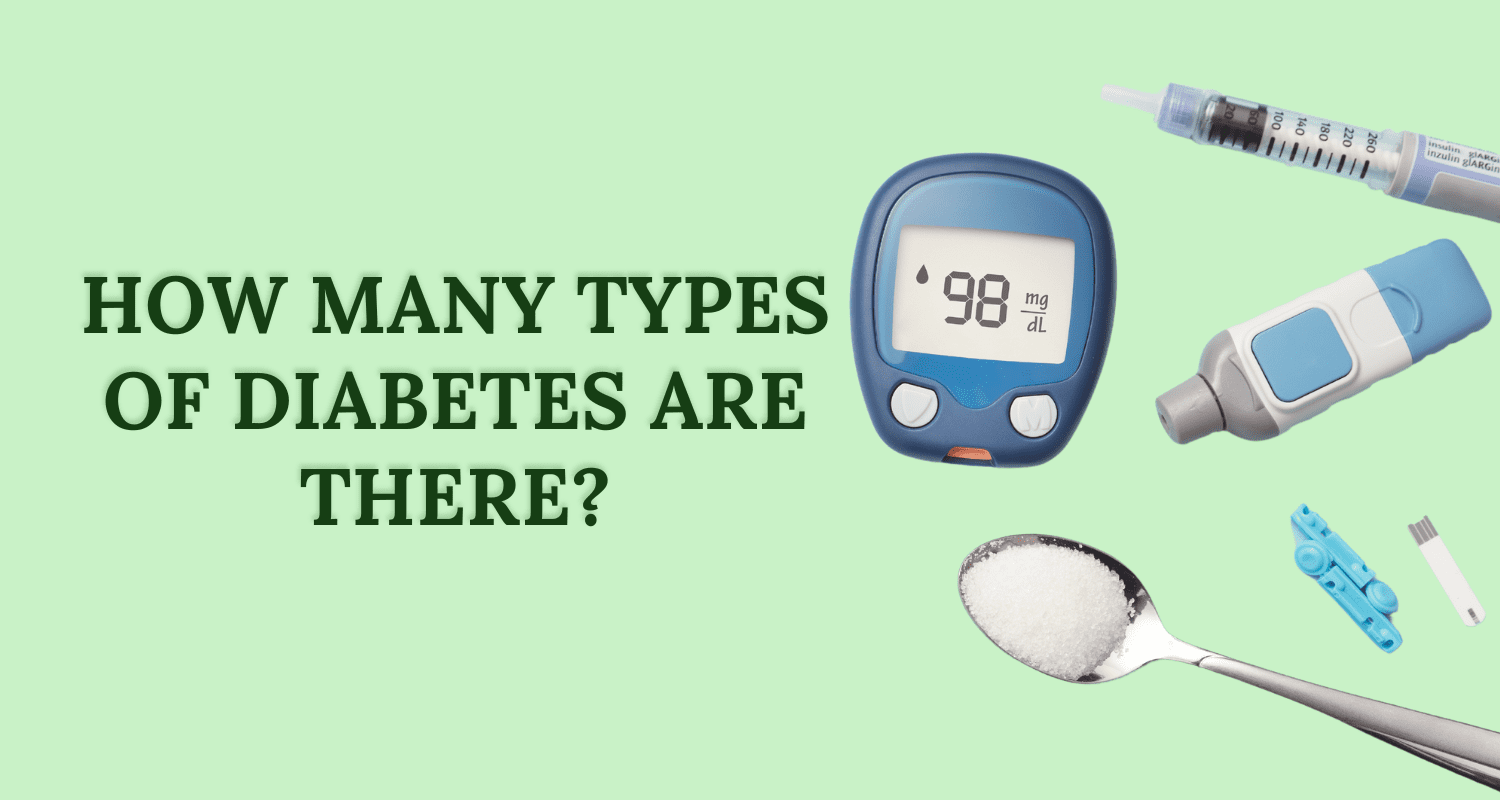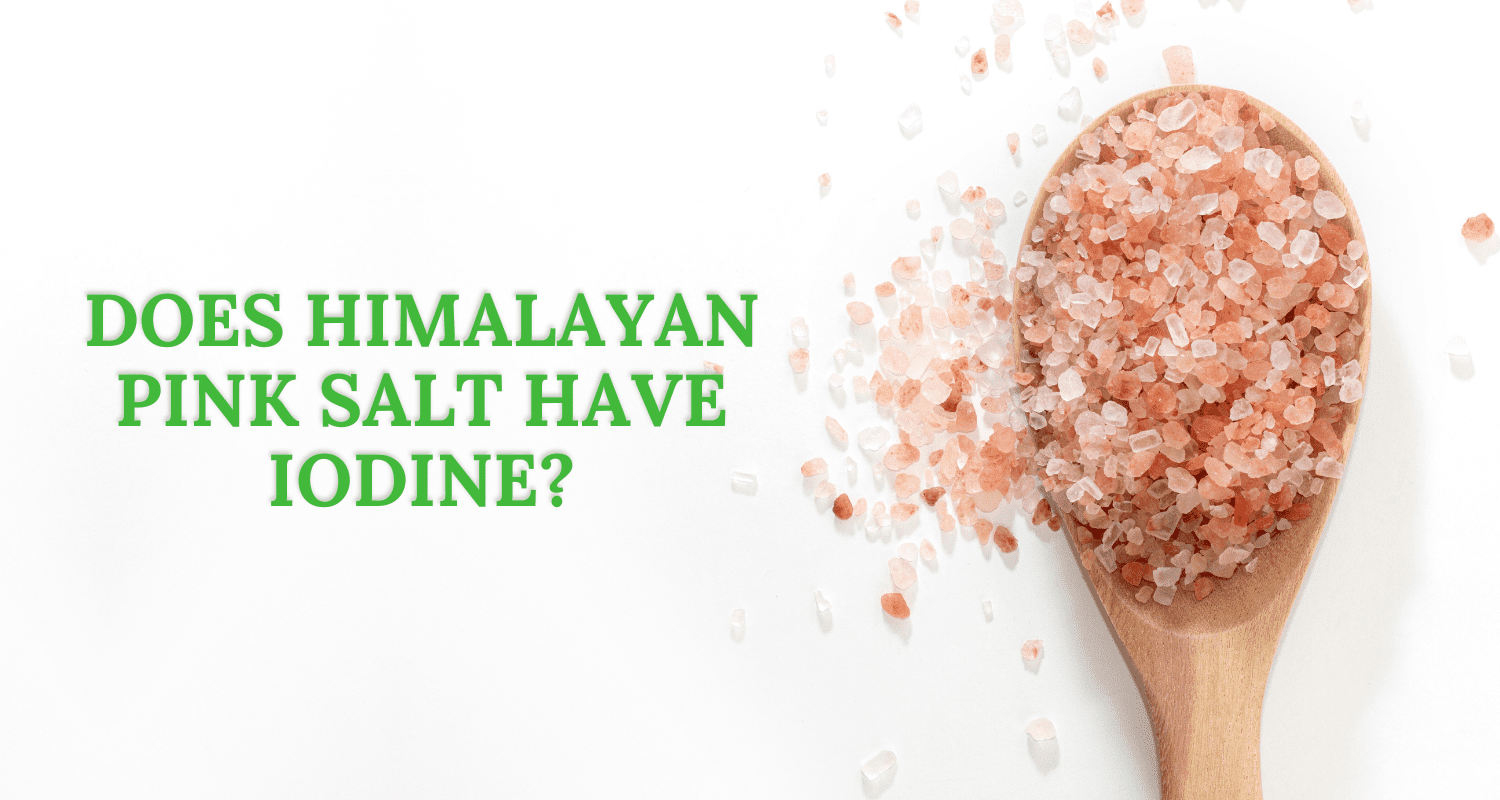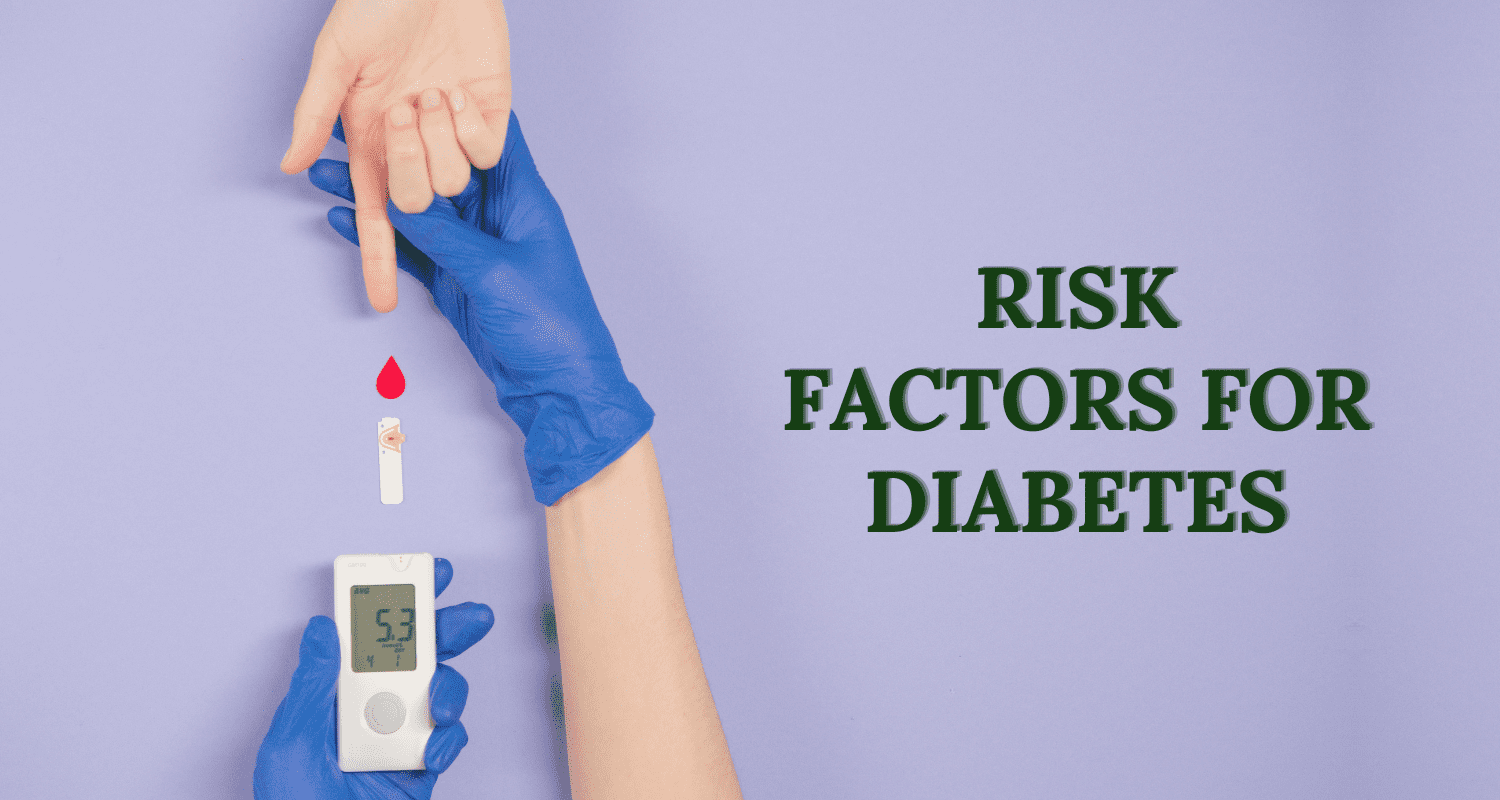Did you know that approximately 50% of women going through menopause experience joint pain?
Yes, you read that right!
Joint pain is a common symptom that many women face during this hormonal transition.
If you are going through menopause or approaching this phase of life, it’s essential to understand the potential impact it can have on your joint health.
In this article, we’ll explore can menopause cause joint pain and the link between menopause and joint pain. Discover how hormonal changes can lead to discomfort, menopause joint pain treatment and ways to find relief.
Let’s explore: can menopause cause joint pain?
Key Takeaways:
- Can menopause cause joint pain? Yes, Menopause can lead to joint pain in around 50% of women.
- Hormonal changes during menopause can contribute to joint discomfort.
- Understanding the link between menopause and joint pain is crucial for effective management.
- Lifestyle modifications, exercise, and alternative therapies can provide relief from menopause-related joint pain.
- Medical interventions, such as medications or hormone replacement therapy, may be recommended for severe joint pain during menopause.
Understanding Menopause and Joint Pain
Menopause is a natural phase in a woman’s life marked by hormonal changes, including a decline in estrogen levels.
These hormonal fluctuations can have various effects on the body, and one common symptom experienced by many women during menopause is joint pain.
Joint pain during menopause is a result of the hormonal changes affecting the connective tissues in the joints. The decrease in estrogen levels can lead to inflammation and a decrease in joint lubrication, causing discomfort and stiffness.
Women may experience different menopause symptoms joint pain, including:
- Stiffness in the joints, particularly in the morning
- Pain and tenderness in the joints, often in the knees, hips, and hands
- Swelling and inflammation in the joints
- Reduced range of motion and flexibility
The exact reasons why menopause can lead to joint pain are still being studied, but it’s believed that the decline in estrogen levels plays a significant role.
Estrogen has anti-inflammatory properties and helps maintain the health of cartilage and other joint structures.
When estrogen levels decrease, inflammation and damage to the joints can occur, resulting in pain and discomfort.
In addition to hormonal changes, other factors can contribute to joint pain during menopause, including age, genetics, previous injuries, and lifestyle factors such as obesity and lack of physical activity.
These factors can further exacerbate joint pain and make it more challenging to manage.
Managing joint pain during menopause is essential for maintaining overall well-being and quality of life.
In the following sections, we will explore various strategies, both medical and lifestyle-based, that can provide relief and help women navigate this phase with greater comfort.
Hormonal Changes and Joint Pain
During menopause, hormonal fluctuations can have a significant impact on joint health, leading to increased levels of discomfort and pain.
One key hormone that plays a crucial role in maintaining joint health is estrogen.
Estrogen is a hormone primarily produced by the ovaries, and it helps regulate various bodily functions, including the maintenance of healthy joints.
It acts as a natural anti-inflammatory agent, helping to reduce swelling and pain in the joints.
However, as women go through menopause, their estrogen levels gradually decline.
This decline can disrupt the delicate balance within the joints and cause inflammation, resulting in joint pain and discomfort.
Research suggests that the decline in estrogen levels can also lead to the thinning of cartilage, which cushions the joints, and a decrease in synovial fluid, which lubricates the joints.
These changes can further contribute to joint pain and stiffness experienced during menopause.
Effects of Estrogen Loss on Joint Health
- Increased inflammation: Estrogen helps regulate the production of inflammatory substances, and as its levels decrease, inflammation in the joints may increase, leading to pain and discomfort.
- Thinning of cartilage: Estrogen plays a vital role in maintaining the strength and thickness of cartilage. As estrogen levels decline, cartilage may become thinner, resulting in increased pressure on the joints and joint pain.
- Decreased joint lubrication: The decrease in synovial fluid production can lead to reduced joint lubrication, causing friction and pain during movement.
It is important to note that not all women experience joint pain during menopause, and the severity of symptoms can vary. Factors such as genetics, lifestyle, and overall health can influence the degree of joint discomfort experienced.
By understanding the connection between hormonal changes and joint pain, women can take proactive steps to manage their symptoms and improve their quality of life during menopause.
Menopause Joint Pain Relief
If you’re experiencing joint pain during menopause, there are several practical strategies and lifestyle changes that can provide relief and help you manage your symptoms.
By incorporating these techniques into your daily routine, you can find relief from menopause and joint pain management and improve your overall quality of life.
1. Exercise Regularly
Regular exercise is essential for managing joint pain during menopause.
Low-impact exercises such as swimming, cycling, and yoga can help improve joint flexibility, reduce inflammation, and strengthen the surrounding muscles.
Aim for at least 30 minutes of physical activity most days of the week.
2. Maintain a Healthy Diet
Eating a nutritious diet can support joint health and help alleviate menopause-related joint pain.
Include foods rich in omega-3 fatty acids, such as salmon, walnuts, and flaxseeds, which have anti-inflammatory properties.
Incorporate plenty of fruits, vegetables, and whole grains to provide vital nutrients for joint health.
3. Consider Alternative Therapies
Alternative therapies, such as acupuncture and massage, can offer relief from menopause-related joint pain.
Acupuncture, in particular, has been shown to reduce pain and improve joint function.
Consult with a qualified practitioner to explore these options and determine the best approach for your specific needs.
4. Practice Stress Management
Chronic stress can exacerbate joint pain during menopause.
Incorporate stress management techniques into your daily routine, such as deep breathing exercises, meditation, or engaging in hobbies you enjoy.
Taking time for yourself and prioritizing self-care can help reduce stress levels and alleviate joint discomfort.
5. Supplement with Joint Support
Consider adding supplements to your daily routine that promote joint health.
Glucosamine sulfate, chondroitin sulfate, and MSM (methylsulfonylmethane) are commonly used to alleviate joint pain and improve joint function.
However, it’s important to consult with a healthcare professional before starting any new supplements.
By implementing these strategies and making lifestyle modifications, you can effectively manage menopause-related joint pain and improve your overall well-being.
Remember, it’s important to consult with a healthcare professional to determine the best approach for your individual needs and to ensure a safe and effective management plan.
Medical Interventions for Menopause Joint Pain
In this section, we will explore the various medical treatments available for menopause-related joint pain.
When it comes to managing menopause joint pain, healthcare professionals may recommend a combination of medications, hormone replacement therapy (HRT), and other interventions tailored to individual needs.
1. Medications:
- Nonsteroidal anti-inflammatory drugs (NSAIDs) can help relieve joint pain and inflammation.
- Corticosteroids may be prescribed for short-term relief from severe joint pain.
- Topical creams and ointments containing analgesics or anti-inflammatory agents can provide localized relief.
2. Hormone Replacement Therapy (HRT):
HRT involves the use of estrogen and sometimes progesterone to supplement the hormones that decline during menopause.
Estrogen can help reduce joint pain and inflammation, providing relief for some women.
It’s important to discuss the risks and benefits of HRT with a healthcare provider before starting this treatment.
3. Physical Therapy:
Physical therapy exercises and techniques can help improve joint mobility, strength, and flexibility.
A physical therapist can develop a personalized program to target specific joint areas affected by menopause joint pain.
4. Joint Injections:
Corticosteroid or hyaluronic acid injections may be recommended to directly target and relieve joint pain.
These injections can provide temporary relief and can be performed by healthcare professionals.
5. Surgical Interventions:
In severe cases, surgical interventions such as joint replacement surgery may be considered as a last resort when other treatments have not been effective.
It’s important to consult with a healthcare professional to determine the most suitable medical interventions for managing menopause-related joint pain. Each individual’s treatment plan may vary based on their specific needs and medical history.
Complementary and Alternative Approaches for Menopause Joint Pain
While traditional treatments can provide relief for menopause-related joint pain, there are also complementary and alternative approaches that can be used alongside them.
These approaches can offer additional relief and support in managing the discomfort caused by menopause.
Let’s explore some of these options:
1. Acupuncture
Acupuncture, a traditional Chinese medicine practice, involves the insertion of thin needles into specific points on the body.
It is believed to stimulate the flow of energy and promote healing.
Some women have found acupuncture helpful in relieving joint pain associated with menopause.
Consult with a licensed acupuncturist to explore this option.
2. Herbal Remedies
Herbal remedies have been used for centuries to manage various health conditions.
Certain herbs, such as black cohosh and dong quai, are commonly used to alleviate menopause symptoms, including joint pain.
However, it is important to consult with a healthcare professional or herbalist before trying any herbal remedy to ensure its safety and efficacy.
3. Supplements
Supplements can be beneficial in providing additional support for joint health during menopause.
Some commonly used supplements include omega-3 fatty acids, glucosamine, and chondroitin.
However, it is essential to consult with a healthcare professional before starting any new supplement regimen, as they can interact with other medications.
Remember that complementary and alternative approaches should be used in conjunction with medical advice and treatments.
It is crucial to discuss these options with your healthcare provider to ensure they are suitable for your specific needs and medical history.
Lifestyle Modifications for Menopause Joint Pain
Managing joint pain during menopause requires a holistic approach that includes making certain lifestyle modifications.
These changes can help provide relief and improve overall joint health.
Here are some key lifestyle modifications to consider:
- Maintain a healthy weight: Excess weight puts added stress on the joints, increasing discomfort. By adopting a balanced diet and engaging in regular exercise, you can help manage joint pain. Focus on consuming nutrient-rich foods and incorporating low-impact exercises such as swimming or walking into your routine.
- Manage stress: Chronic stress can exacerbate joint pain. Incorporate stress management techniques such as meditation, deep breathing exercises, and relaxation techniques into your daily routine. By reducing stress levels, you may experience a decrease in joint pain symptoms.
- Practice self-care techniques: Taking care of yourself is essential for managing joint pain. Consider activities such as yoga, tai chi, and gentle stretching exercises. These practices can promote flexibility, improve joint mobility, and alleviate discomfort.
- Stay active: Regular physical activity is crucial for maintaining joint health and reducing pain. Engage in exercises that are gentle on the joints, such as swimming, cycling, or water aerobics. It’s important to strike a balance between staying active and avoiding activities that may exacerbate joint pain.
- Stay hydrated: Drinking an adequate amount of water is essential for joint health. Hydration helps to lubricate the joints and reduce friction, decreasing discomfort. Aim to drink at least eight glasses of water per day.
By implementing these lifestyle modifications, you can effectively manage joint pain during menopause.
It is important to remember that every person’s experience is unique, so finding the right combination of strategies that work for you may require some trial and error.
Consult with your healthcare provider for personalized guidance and recommendations.
Conclusion
In conclusion, can menopause cause joint pain? Yes, menopause can lead to joint pain as a result of hormonal changes in the body.
However, there is no need to suffer in silence.
Various strategies, both medical and lifestyle-based, can provide relief and improve overall quality of life during this phase.
By understanding the link between menopause and joint pain, women can take proactive steps to manage their symptoms.
Engaging in regular exercise and maintaining a healthy weight can help reduce joint discomfort.
Additionally, a well-balanced diet rich in anti-inflammatory foods can support joint health.
Medical interventions, such as medications and hormone replacement therapy (HRT), may be recommended by healthcare professionals for more severe cases of menopause-related joint pain.
Complementary and alternative approaches, such as acupuncture and herbal remedies, can also be explored to alleviate symptoms.
It’s important for women to seek support and explore these various options to find what works best for them.
With the right combination of treatments and lifestyle modifications, menopause joint pain can be effectively managed, providing relief and improving overall well-being.
FAQs
Can menopause cause joint pain?
Yes, menopause can cause joint pain. The hormonal changes that occur during menopause can lead to joint discomfort and symptoms commonly associated with menopause-related joint pain.
What does menopause joint pain feel like?
Menopause joint pain can manifest as stiffness, soreness, or discomfort in the joints, often accompanied by swelling or reduced mobility.
What vitamins are good for menopausal joint pain?
Vitamins like Vitamin D, Vitamin E, and calcium are beneficial for managing menopausal joint pain, as they support bone health and reduce inflammation.
Does menopause arthritis go away?
Menopause-related arthritis typically doesn’t disappear completely but can be managed effectively with lifestyle changes, medication, and therapeutic interventions.
How do you stop menopause body aches?
To alleviate menopause-related body aches, regular exercise, maintaining a healthy weight, practicing stress-reduction techniques, and using hot/cold therapy can be helpful.
How long does menopause joint pain last?
The duration of menopause joint pain varies for each individual. It can last for a few months to several years, but it typically improves with time and appropriate management.
What are the worst menopause symptoms?
The severity of menopause symptoms varies, but hot flashes, night sweats, mood swings, sleep disturbances, and vaginal dryness are often considered among the most challenging symptoms to manage.
Disclaimer: This content, including advice, provides generic information only. It is not a substitute for a qualified medical opinion. Always consult a specialist or your doctor for more information. Nutrition Cult does not claim responsibility for this information.




